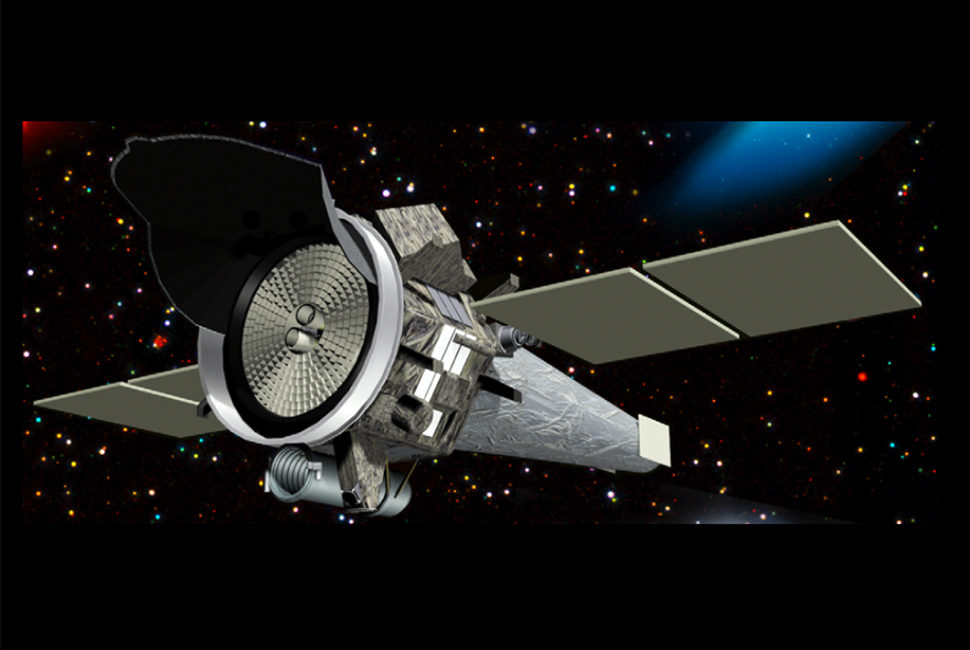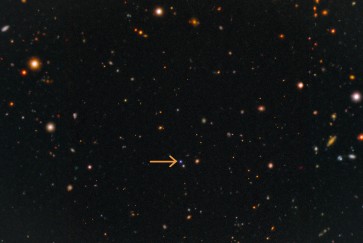NASA has selected STAR-X, a space mission proposed to the agency’s Explorer program that includes Northwestern University astrophysicists Vicky Kalogera, Wen-Fai Fong and Charlie Kilpatrick, as one of two finalists to launch a research facility into space in 2028.
As a finalist, the STAR-X team received $3 million to fund a nine-month-long detailed exploration of the proposed mission. If selected to launch into space, the STAR-X team will receive up to $300 million in additional funding. NASA will select one project as soon as 2024 to proceed with implementation.
Short for “Survey and Time-domain Astrophysical Research eXplorer,” the STAR-X project will use an X-ray telescope, an ultraviolet telescope and a responsive spacecraft to conduct time-domain surveys, which examine how astronomical objects change over time. The instruments also will respond rapidly to transient cosmic events, such as supernova explosions and compact-object mergers, discovered by Earth-based observatories. In other words, they will be able to pivot quickly to observe fast-fading cosmic sources before they disappear from view.
“It was a thrill to receive the news that NASA selected STAR-X as one of just two missions to reach this stage of development,” said Kalogera, a senior consultant on the project. “The team has optimized STAR-X for discovery of X-ray and ultraviolet signals that are bright only for a short time but carry a lot of information about the exotic objects that produce them.”
“Currently, we have X-ray facilities with small fields of view that can rapidly respond to transient events, Fong said. “STAR-X has the perfect combination of fast reaction time, wide field-of-view and high resolution. This is truly revolutionary in space-based astronomy, and STAR-X will open an entirely new way for us to interact with the high-energy universe.”
Kalogera is the Daniel I. Linzer Distinguished Professor of Physics and Astronomy in Northwestern’s Weinberg College of Arts and Sciences and director of the Center for Interdisciplinary Exploration and Research in Astrophysics (CIERA). Fong is an assistant professor of physics and astronomy in Weinberg and member of CIERA. Kilpatrick is a CIERA postdoctoral fellow. The STAR-X mission is led by William Zhang, an astrophysicist at NASA’s Goddard Space Flight Center in Greenbelt, Maryland.
The Northwestern scientists are most interested in using STAR-X to study neutron-star collisions. After an international team of researchers, including Kalogera, first detected gravitational waves from a neutron-star merger in 2017, the event opened up the new field of multi-messenger astrophysics, which combines gravitational waves with electromagnetic waves to discover and probe cosmic phenomena. Fong studied electromagnetic light from the event and was the principal investigator of one of the telescope programs that first laid eyes on the neutron-star merger in X-ray light.
“We only have one example of X-ray light from a gravitational wave merger,” Fong said. “That merger was nearby and pushed the limits of our current telescope abilities. As gravitational wave observatories will be operational long into the future, STAR-X will be capable of discovering and monitoring dozens of mergers. This will be a gold mine when it comes to understanding the fastest outflows from neutron-star mergers.”
“STAR-X is specifically designed with fast-reaction capabilities to turn almost anywhere on the sky and discover X-ray signatures of multi-messenger neutron-star collisions, which are major sites of formation for gold, silver and other rare heavy metals in nature,” Kalogera said. “It is through these X-ray discoveries that we hope to be able to then discover the host galaxies of these transients and uncover their full nature with deeper observations using, for example, the Keck telescopes, which Northwestern scientists can remotely access through a partnership with Caltech.”
Astrophysics research currently is limited by the lack of technology to perform simultaneous X-ray and ultraviolet survey coverage to complement optical, infrared and gravitational wave facilities. STAR-X will fill this “time-domain desert” by providing simultaneous X-ray and ultraviolet observations, which are among the earliest and most informative astrophysical signals that surround the inner regions around black holes and neutron stars.
NASA Explorer missions conduct focused scientific investigations and develop instruments that fill scientific gaps among NASA’s larger space science missions. NASA selected competitive proposals based on potential science value and feasibility of development plans. The oldest continuous NASA program, the Explorers Program is designed to provide frequent, low-cost access to space using principal investigator-led space science investigations relevant to the Science Mission Directorate’s astrophysics and heliophysics programs.



